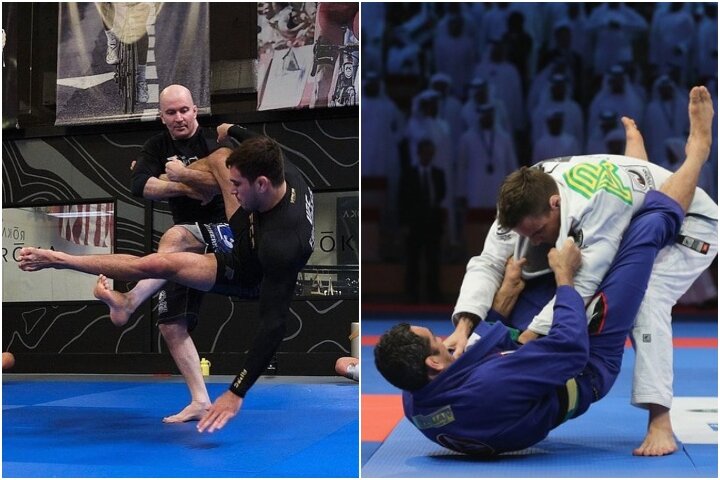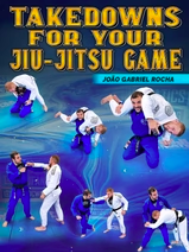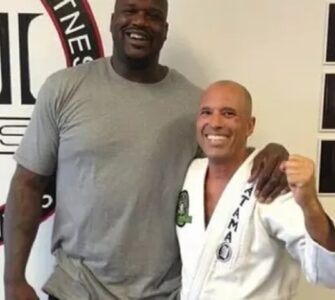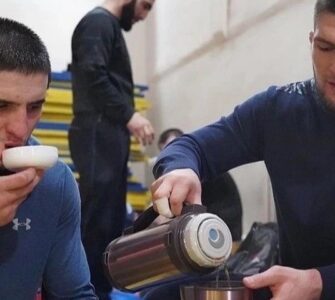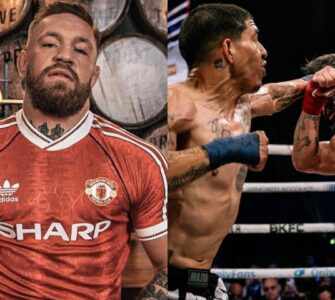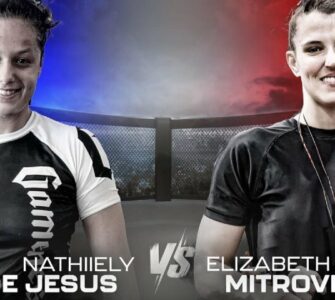John Danaher, the highly respected Brazilian Jiu-Jitsu coach , delves into the shortcomings of takedowns in BJJ. He identifies three primary issues: motivational, coaching, and training problems.
1. Motivational Problem
Danaher points out that it’s possible to become a world champion in BJJ without mastering a single takedown, leading to a lack of motivation to learn them. He argues that while skilled practitioners can creatively incorporate takedowns into their game, many others succeed without them. This dilemma creates a discouraging environment for learning takedowns.
Danaher observes, “Many BJJ champions lack standing skills, raising the question: if takedowns aren’t essential for winning, why bother learning them?”
2. Coaching Problem
He criticizes the way takedowns are taught in BJJ, referring to it as the “fragment fallacy.” Takedowns are often taught in isolation, without integrating the necessary skills to execute them effectively in combat. This approach leads to a gap between learning a technique and being able to apply it in a real fight. He also discusses the “add-on fallacy,” where techniques from judo or wrestling are borrowed without adapting them to the unique context of BJJ, often leading to ineffective or risky applications.
He criticizes the fragmented teaching method in BJJ, saying, “Just teaching a takedown without the surrounding skills needed to execute it in combat is ineffective.”
Danaher notes, “In BJJ, takedowns are often taught as isolated moves, ignoring the broader set of skills necessary for their practical application.”
3. Training Problem
Danaher highlights the disproportionate focus on ground training over standing training in BJJ schools. Standing techniques are often treated as a warm-up rather than a core component of training. This lack of emphasis on standing training, combined with the reality that BJJ is a club sport often practiced by individuals who start later in life, makes it challenging to implement a rigorous standing game like in Olympic sports such as judo or wrestling.
Danaher highlights, “There’s a significant imbalance in most BJJ schools, with a heavy focus on ground training and insufficient emphasis on standing techniques.”
He acknowledges, “Considering BJJ is a club sport with many practitioners starting later in life, it’s unrealistic to expect the same level of standing game training as in sports like judo or wrestling.”
Danaher suggests that addressing these problems involves a holistic approach to training, incorporating motivational factors, coaching strategies that integrate takedowns into the larger skill set, and a balanced focus on both standing and ground training. This approach is critical in evolving the standing game in BJJ to be more effective and integrated into the sport.
Score Takedowns From Your Feet With This BJJ-Specific Blueprint For Throws, Shots, & More From João Gabriel Rocha, One Of The Best And Most Mobile Big Men In Jiu-Jitsu
- Figure our what is most important to focus on from your feet as João breaks down the concepts you need to understand to be a takedown artist.
- João is an elite black belt competitor, including two black belt Pan American Championships and 3 IBJJF World Championship finals appearances.

